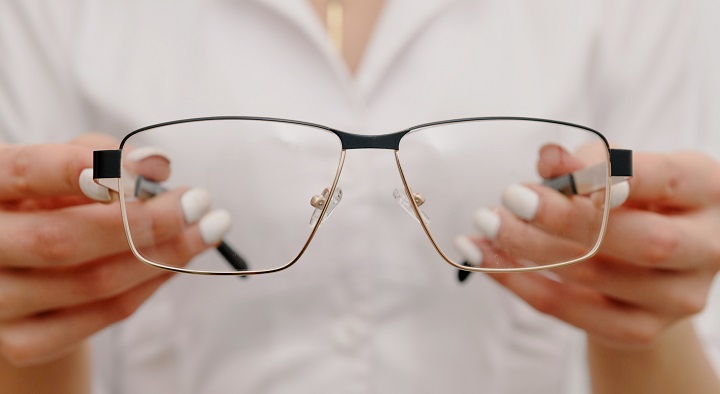
Has your vision gone blurry lately? Notice dark or empty areas in your sight? Do you see spots or dark strings floating before you? If so, then you may need to see a doctor fast—not for a new pair of glasses but to manage your blood sugar.
When you have diabetes, or excess amounts of sugar (glucose) in your blood either because you don’t produce enough insulin or your body doesn’t properly use this hormone which transports glucose in the blood, you are at risk for a host of serious medical conditions.
“Damage to the large and small blood vessels is a long-term effect of diabetes on your health,” says Jimmy B. Aragon, MD, an Endocrinologist and Chair of the Department of Endocrinology of the top hospital in the Philippines, Makati Medical Center (MakatiMed). “This makes diabetics particularly vulnerable to cardiovascular diseases like heart attack and stroke; kidney damage; bacterial, fungal, and yeast infections; and the sensation of pins and needles on the hands and feet, which are symptoms of nerve damage or neuropathy.”
Elevated levels of blood sugar affect our eyes too, resulting in one of these four diseases:
Diabetic retinopathy “is when excess sugar in the blood blocks the tiny blood vessels that transport blood to the retina. The eye then produces new blood vessels, but because they are underdeveloped, they tend to leak fluid and blood.”
Diabetic macular edema “happens when the leaked fluid from the vessels results in edema or swelling in the central part of the retina or macula. This can lead to vision problems and possibly blindness.”
Cataract “is part of the aging process, when our eyes become less flexible and transparent. High blood sugar contributes to the structural changes in the lens of our eyes, thus hastening the development of cataract or the clouding of our eyes’ lens.”
Glaucoma “is caused by the growth of abnormal blood vessels in your iris (the front part of the eye) after your original blood vessels become damaged from high levels of blood sugar. These abnormal blood vessels obstruct the flow of fluid in the eye, adding pressure to the eye that leads to glaucoma.”
Blurry vision or vision interrupted by floating spots, bright halos, or colored rings around lights are signs of eyesight likely affected by diabetes. “Prescription drugs and eye drops, and in some cases, laser procedures, can address these symptoms, restoring clear vision and preventing the diseases from progressing,” says Dr. Aragon.
Better yet, manage your blood sugar. Not only does it spare your eyesight from deteriorating, it is key to maintaining optimum good health.
Here’s how to enjoy many years of clear vision:
Keep your blood sugar at an ideal level. “Hemoglobin A1c is a test that measures your glucose level for the past 2-3 months. According to the American Diabetes Association, a target HbA1c below 7 percent for most people with diabetes is ideal.” explains Dr. Aragon.
Manage your blood pressure. The desired blood pressure helps prevent the onset of eye disease caused by diabetes. According to Dr. Aragon, “For people with diabetes, the target blood pressure is less than 130/80. This can be achieved through regular moderate exercise, a low-salt diet, staying at a healthy weight, and when necessary, prescription medication.”
Get your eyes checked. “Special eyedrops widen your pupils, allowing your eye doctor to check for any signs of damage to the blood vessels in your eyes,” Dr. Aragon points out. “For diabetics, a full eye exam is recommended every year.”
Act quickly. “Don’t dismiss symptoms like blurriness, flashing lights, floating spots, or anything out of the ordinary in your eyesight,” says Dr. Aragon. “Ninety percent of vision loss from diabetes is preventable and if you address these usual occurrences immediately, you can be free of complications.”

